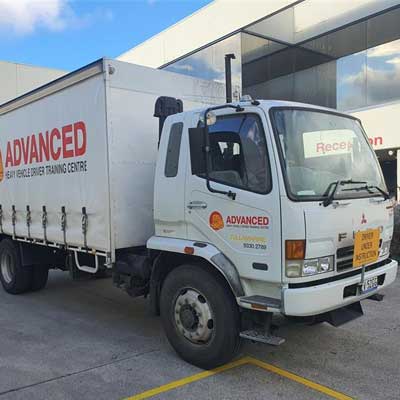
The city of Melbourne plays a major role in Australia’s logistics and transport industry. With thousands of goods moving across the country every day, the demand for skilled heavy vehicle drivers is steadily on the rise. This presents a great opportunity for international drivers looking to build a stable and rewarding career in Australia.
If you’re one of them, the first step towards hitting the road legally and confidently is understanding how the process of heavy vehicle training in Melbourne works. We’re here to break it down for you!
What Are The Eligibility Requirements for International Drivers?
Before you can begin training, you must first know whether you’re eligible to apply for a heavy vehicle license in Melbourne. Generally, international drivers must hold a valid overseas driver’s license and meet the age and residency requirements. Most heavy vehicle training programs require participants to be at least 18 years old, though some license classes may require you to be 21.
You’ll also need to provide certified translations of your overseas license if it’s not in English. It would be better if it were done by a NAATI-accredited translator. In some cases, your overseas driving experience may be eligible, but you’ll need to provide documentation to prove it.
What Is The Heavy Rigid License Class?
Australia’s licensing system for heavy vehicles includes multiple classes. This ranges from Light Rigid (LR) to Multi-Combination (MC). For international drivers aiming to work in freight transport, construction, or logistics, the heavy rigid license (HR) is a popular and practical choice.
The heavy rigid license allows you to drive vehicles with three or more axles and a gross vehicle mass (GVM) over 8 tonnes. This can include vehicles such as buses, waste collection vehicles, and heavy delivery trucks. If you’re aiming to drive a truck with a single heavy trailer, HR is often the first step.
How Does The Training Process in Melbourne Work?
It is mandatory to enroll in a certified truck license training course before you can sit the license test. Most courses combine theoretical learning with practical, on-road training. The topics they would cover include vehicle inspection, load restraint, road safety, fatigue management, and route planning.
Many heavy vehicle training providers use modern simulation tools to help students get comfortable behind the wheel before hitting the road. The practical component includes real-time driving under supervision in different traffic and weather conditions.
Training durations can vary. A standard HR license course may take one to three days, depending on whether you choose a manual or automatic vehicle and your existing skill level. It can be helpful to choose a Registered Training Organisation (RTO) that caters to international students if you’re unfamiliar with Australian driving regulations.
Testing and License Conversion
Once you’ve completed your training, you’ll be assessed through a theory test and a practical driving test. The theory test covers Australian road rules, while the practical exam evaluates your ability to safely operate a heavy vehicle under various conditions.
Some international licenses may be partially recognised in Victoria, but most international drivers will need to pass the full test to obtain a truck license. Language support may be available during the test. Just be sure to ask your training provider or VicRoads about interpreter services if you need them.
After passing the test, you’ll receive your heavy vehicle license, which opens the door to a multitude of job opportunities in transport and logistics throughout Australia.
Tips for Success as an International Driver
- Look for RTOs that have experience working with international drivers and offer flexible scheduling or language support.
- Familiarise yourself with Australia’s road signs, speed limits, and right-of-way rules before you start your training.
- Even if you’ve driven heavy vehicles overseas, practicing in Australia with the road rules in mind will always be helpful.
- Many training centres have links to local employers, so use them to start building connections in the industry.
Conclusion
With this information in mind and the right preparation, you too can start out in Melbourne’s transport industry as an international driver. Heavy vehicle training provides a clear path to earning your truck license, building confidence on the road, and securing steady employment in the freight and logistics sector anywhere in Australia.
